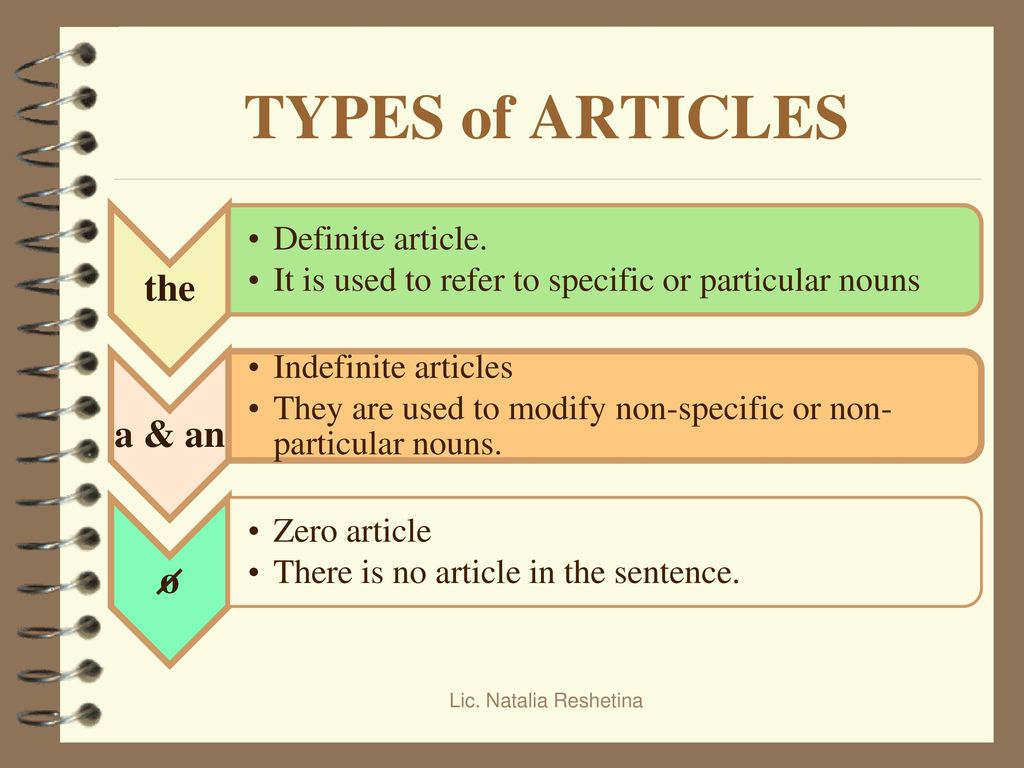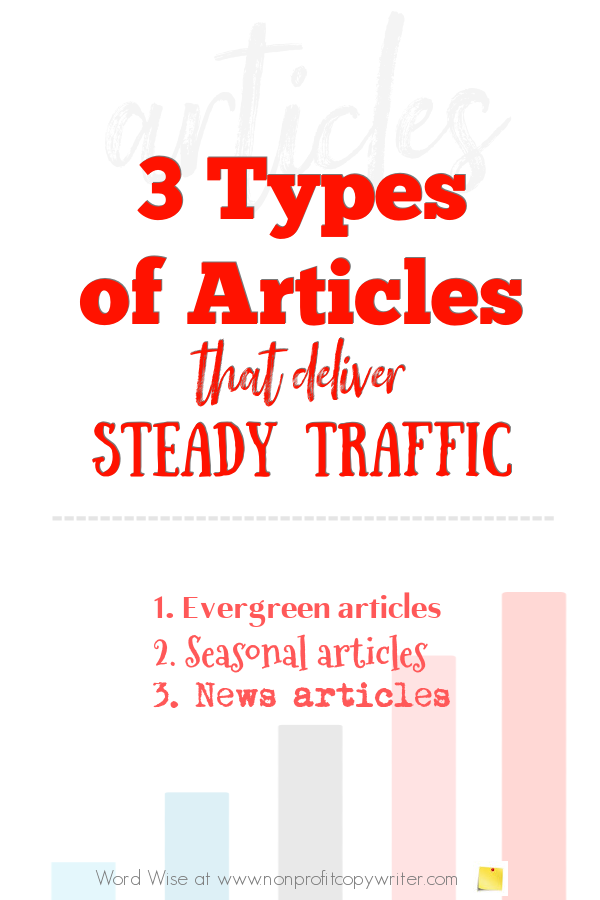The Ultimate Overview to Crafting Compelling Content with articles
The Ultimate Overview to Crafting Compelling Content with articles
Blog Article
Understanding the Significance of Articles in Interaction
The role of articles in communication usually goes undetected, yet their significance can not be overstated. As we discover the nuances of articles, it becomes apparent that their proficiency is necessary for accurate interaction.
Definition of Articles
Articles are fundamental components of language that serve to clear up and specify nouns in communication. They work as determiners, supplying vital info concerning the nouns they precede. In English, write-ups are split right into two primary categories: definite and uncertain. The definite post "the" is used to describe certain nouns that are recognized to the listener or viewers, whereas uncertain short articles "a" and "an" describe non-specific nouns.
The usage of posts is important in developing the context of a statement. Stating "the publication" implies a specific book that both the speaker and audience are conscious of, while "a book" could refer to any type of book, thus expanding the range of the conversation. This distinction enhances clearness and permits even more accurate communication.

Types of Articles
In the world of language, articles are classified right into two primary kinds: precise and uncertain. The precise short article, "the," is utilized to describe a specific noun that is understood to both the speaker and the audience. It signals that the noun it comes before is unique or has actually been previously stated, thereby providing clarity concerning which specific entity is being discussed. For instance, in the phrase "the pet cat on the roofing system," it is clear to the audience which feline is being referenced.
Alternatively, indefinite articles, "a" and "an," are utilized to refer to non-specific nouns. They present a noun that is not formerly understood to the target market.

Function in Clearness
A clear understanding of posts dramatically improves interaction by offering crucial context regarding the specificity of nouns. Articles, classified as guaranteed or uncertain, serve to clarify whether we are referring to a certain entity or a general principle. Making use of "the feline" indicates a certain cat currently known to the audience, while "a feline" introduces an undefined one. This distinction is important in reliable interaction, navigate to this website as it guides the audience's understanding and sets assumptions.
In addition, using posts aids in reducing uncertainty. In sentences where several nouns exist, the presence or lack of articles can modify the significance. "I saw a pet and a cat" recommends coming across one of each pet, whereas "I saw the canine and the pet cat" indicates experience with the specific pets involved.
In addition, articles add to the coherence and circulation of discourse. They signal transitions between general and specific points, therefore improving the listener's capability to comply with the argument or narrative. In recap, the function of short articles in establishing clarity is vital, allowing accurate communication and reducing misunderstandings in both talked and created language.
Impact on Communication

When posts are used properly, they offer context and information, permitting the audience to understand the subtleties of the subject issue. For instance, differentiating between "a canine" and "the canine" can considerably change the interpretation of a sentence, resulting in different conclusions or activities. This precision is essential in specialist setups where miscommunication can lead to misunderstandings or errors.
Furthermore, the influence of write-ups extends past plain sentence structure; it affects the my sources tone and rule of interaction. Correct short article usage can enhance the professionalism and trust of composed records, promoting trustworthiness and clarity in business communications. In recap, posts play an essential duty in fine-tuning the communication procedure, making sure that messages are not only clear but likewise efficiently customized to their intended audience.
Usual Misunderstandings
Misconceptions bordering the use of short articles are prevalent, particularly among non-native audio speakers and those unfamiliar with nuanced English grammar. One usual misconception is the interchangeable use "a" and "an." While both are uncertain write-ups, "a" is made use of before consonant sounds and "an" prior to vowel sounds, which can result in errors when pronunciation is ignored.
One more regular misconception includes the certain write-up "the." Many students presume its use is constantly necessary; nonetheless, "the" is just proper when referring to certain entities recognized to the audience. Claiming "the water" implies a particular body of water, while "water" refers to the material in basic.
Additionally, the noninclusion of articles can transform definition. As an example, the expression "I love songs" suggests a basic appreciation, while "I enjoy the songs" suggests a details set of useful site music.
Finally, complication may arise from the absence of short articles in other languages, resulting in overuse or underuse in English. Comprehending these subtleties is necessary for reliable interaction, as short articles play an important duty in communicating uniqueness and clearness.
Conclusion
In summary, the significance of write-ups in communication is vital for making sure quality and precision. Recognizing the duty of articles in reliable communication highlights their value in both talked and written language, contributing to general professionalism and reliability and efficiency in conveying details.
Report this page